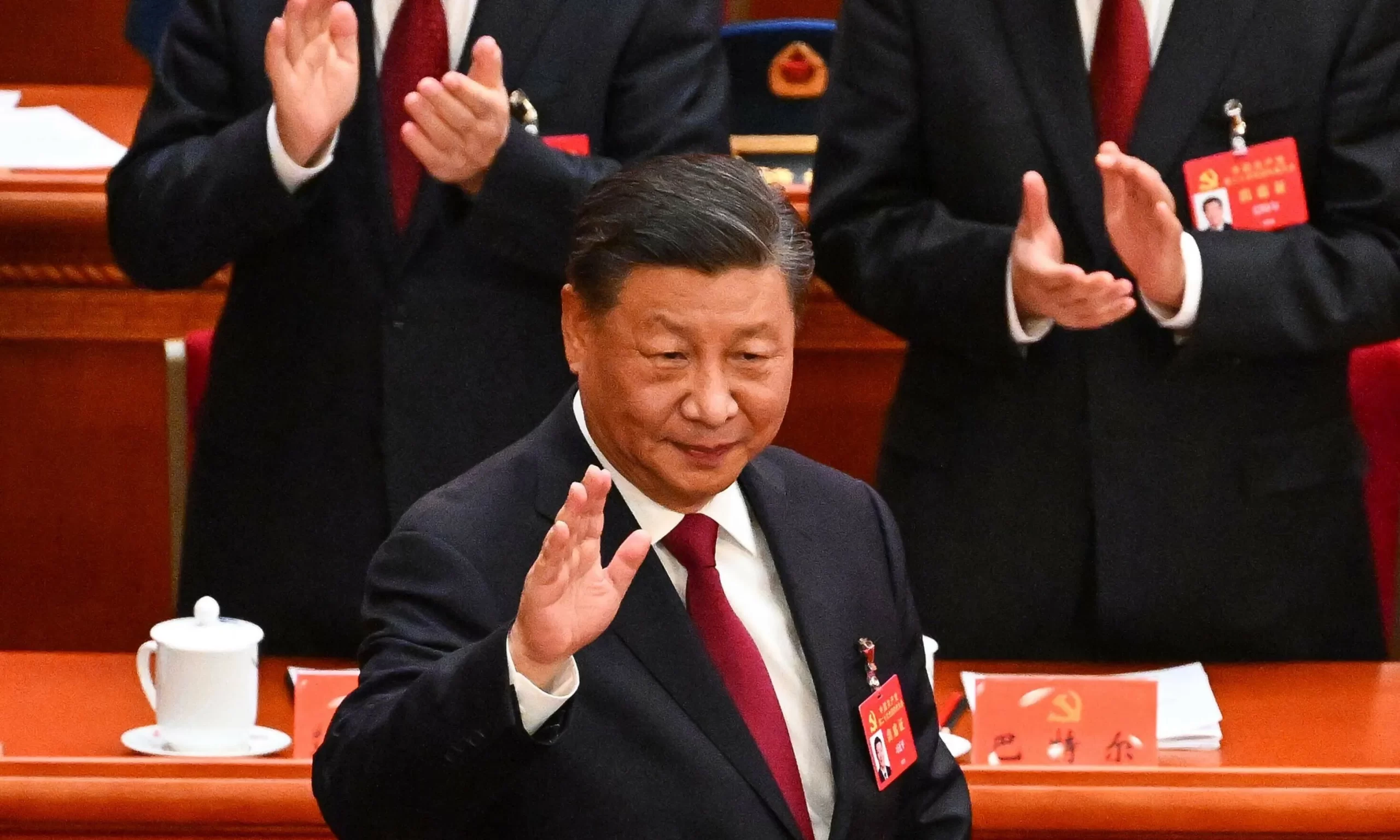Introduction:
As global supply chain disruptions persist, China’s semiconductor industry is poised for a significant shift. With ambitions to bolster domestic production, China targets reducing reliance on imported semiconductor equipment by a substantial 80% by year-end. This strategic move underscores China determination to enhance semiconductor self-sufficiency in critical technological sectors.
Fueled by rapid growth, significant investments, and ambitious government initiatives, China’s semiconductor companies are increasingly challenging the established dominance of traditional powerhouses such as South Korea, Taiwan, and the United States.
“China is like a huge ocean of semiconductor markets. Because we have a market large enough to support the global market.”
China’s Semiconductor Market Dominance:

China’s ascent in the semiconductor market is undeniable, propelled by its sheer market size and strategic investments.
The recent “Semicon China 2024” exhibition held in Shanghai’s New International Expo Center served as a testament to China’s growing influence in the industry.
With over 1,100 companies participating, a significant portion represented Chinese semiconductor firms showcasing their technological prowess and innovative solutions.
China’s position in the semiconductor market is complex and can be dilihat ( dilihat is Indonesian for “seen” or “considered” from a certain perspective) from two angles: consumption and production.
Consumption Giant:
- China is the world’s largest consumer of semiconductors, accounting for over 50% of global chip purchases. Their massive domestic tech industry drives this demand.
Production Powerhouse, but with Limitations:
- China is a major chip producer, but lags behind in advanced chip technology compared to countries like the US, South Korea, and Taiwan.
- However, they are rapidly growing their domestic production capacity, aiming for self-sufficiency.
- This ambition is fueled by significant government investment and a drive to move up the technological value chain.
Concerns and Global Response:
- China’s potential dominance in even legacy chip (older technology) production raises concerns about global supply chain security.
- The US and Europe have responded with initiatives like the CHIPS Act to counter China’s rise and diversify chip production.
Overall, China is a significant player in the semiconductor market, but the race for dominance is still ongoing.
China Semiconductor Self-Sufficiency
At the forefront of this surge is Jin Rongzhao, CEO of North Hua Chang, who exudes confidence in China’s semiconductor capabilities.
“China can replace 80% of imported semiconductor equipment with domestically produced alternatives by the end of the year.”
~Gerald Yin, the chairman of AMEC
Rongzhao emphasized China’s substantial share of the global semiconductor equipment market, accounting for a quarter of purchases in the previous year alone.
This highlights China’s immense market presence and its potential to shape the future of the semiconductor industry.
Read More: Nvidia Gives Thumbs Up to Samsung HBM3E 12H DRAM: 50% More Capacity & Bandwidth – techovedas
Key Players in China Semiconductor Self-Sufficiency:
Jin Rongzhao, the CEO of North Hua Chang, expressed this confidence, emphasizing China’s substantial presence in the semiconductor market. He noted that China accounted for a quarter of global semiconductor equipment purchases in the previous year, underscoring the country’s immense market size and influence.
“Thanks to AMEC, China has fully localized one of the three major processes of semiconductors, which is etching. Chinese semiconductor companies, as well as TSMC, also use AMEC equipment.”
North Hua Chang, often regarded as a symbol of China’s semiconductor self-reliance, has experienced remarkable growth, particularly in the wake of US sanctions, signaling China’s determination to achieve technological independence.
However, North Hua Chang is just one among many Chinese semiconductor companies making significant strides. The “Semicon China 2024” exhibition featured over 1,100 companies, with a substantial portion representing Chinese semiconductor firms.
Companies like Weihua Semiconductor, specializing in power semiconductors crucial for electric vehicles, showcased their advanced technologies, rivaling their counterparts in South Korea and Taiwan. This demonstrates China’s capability to innovate and compete at a global level in key semiconductor segments.
Moreover, companies like AMEC, the second-largest semiconductor equipment manufacturer in China, have played a pivotal role in bolstering the country’s semiconductor capabilities. AMEC’s rapid expansion and market dominance in critical semiconductor manufacturing processes, such as etching, epitomize China’s semiconductor ambitions.
With the support of government policies favoring domestic products, Chinese companies have significantly reduced their dependence on foreign semiconductor equipment, contributing to the country’s technological autonomy.
Read More: –5nm Chips: Huawei Tests Brute Force Method to Circumvent US Restrictions – techovedas
Government Support and Policies:
China’s semiconductor ambitions are strongly supported by government policies aimed at promoting domestic innovation and reducing reliance on foreign technology.
Initiatives such as the “China First” policy prioritize the use of domestically produced semiconductor products in Chinese tech companies. It is fostering a conducive environment for growth and innovation.
Read More:Did Micron Just Shock Analysts with a $204 Million Operating Income Beat? – techovedas
Global Expansion:
Buoyed by domestic success, Chinese semiconductor companies are increasingly looking beyond their borders and eyeing international markets.
Establishing offices in countries like South Korea and forging partnerships with global industry players demonstrates China’s ambition to compete on a global scale and establish itself as a dominant force in the semiconductor industry.
Read More: China Bans from Intel and AMD Excluded from Government Computers – techovedas
Future Outlook:
As China continues to invest heavily in semiconductor research, development, and manufacturing, experts predict that the era of “China’s semiconductor assault” is on the horizon.
With unprecedented government support and a growing pool of talented engineers and scientists, China is poised to reshape the global semiconductor landscape in the years to come.
Follow us on Linkedin for everything around Semiconductors & AI
Conclusion:
In conclusion, China Semiconductor Self-Sufficiency has evolved from a regional player to a global powerhouse, challenging the established order and reshaping the dynamics of the semiconductor market.
With unwavering determination, substantial investments, and a supportive regulatory environment, China is well-positioned to lead the next wave of semiconductor innovation and cement its position as a dominant force in this critical industry.




